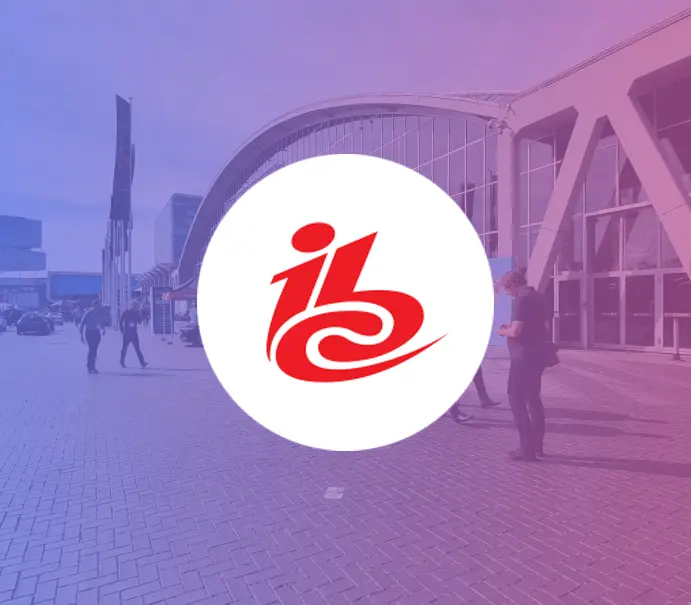OTT is no longer a niche. Instead, it has become an industry. It is a significant part of the Media and Entertainment Industry. In 2027, India’s OTT market is predicted to touch $7 billion. Undoubtedly, the pandemic period played a significant role in this growth. With a plethora of services available in the market, zeroing down to one OTT is becoming more difficult for consumers nowadays.
This problem has luckily brought several unique and innovative trends to light. The core aim of these trends is to make the process as least resistant as possible and improve the user experience. In this article, you will learn the current state of OTT platform and predictions for the future of OTT platform in 2023.

Current state of OTT Platforms
The OTT industry is currently experiencing substantial growth and intense competition, with original content becoming increasingly significant. The widespread availability of high-speed internet, the affordability of streaming devices, and the growing demand for accessible entertainment options have all contributed to this trend.
Some of the major players in the OTT market include Netflix, Amazon Prime Video, Disney+, Hulu, and more. These companies are fiercely competing for market share by offering a growing library of movies, TV shows, and original content. The success of these OTT platforms has had a significant impact on the entertainment industry as a whole.
Media companies are investing heavily in original content for their streaming services and there is a high demand for online content creation. This has resulted in a range of new shows and movies, from large-scale productions to innovative and experimental works.
Predictions for the future of OTT in 2023
1. Expansion of the OTT Industry
One of the most significant predictions for the future of OTT in 2023 is the continued expansion of the industry. With more people around the world relying on OTT services for their entertainment needs, it is likely that new players will enter the market, and existing platforms will continue to grow their subscriber base.
This growth is expected to be driven by the increasing availability of high-speed internet, the proliferation of affordable streaming devices, and the growing demand for convenient and accessible entertainment options.
2. Increase in original and vernacular content
The Group of consumers more likely to be interested in your products and services comprises the target audience. Creating content and marketing strategy around your target audience maximizes your reach, engagement, and return on investment (ROI). This often makes them burn a reasonable amount of time, money, and resources on audiences who would otherwise never search for their products and services in the first place.
For instance, If your platform is based on Sci-Fi content, inviting science and tech geeks would make more sense than the horror-lovers. The latter would only be a waste of resources.
3. Emergence of new technologies
One of the key technologies that is expected to play a role in the future of OTT is artificial intelligence. AI is expected to enhance the viewing experience by providing personalized recommendations, enabling voice-activated navigation, and enabling more efficient content creation and distribution. For example, AI-powered algorithms can analyze consumer viewing habits and suggest programming that is most likely to be of interest to them, increasing engagement and providing a more seamless experience.
The widespread deployment of 5G networks is another technology that is expected to shape the future of the OTT industry. With 5G technology providing faster and more reliable connectivity, the quality and accessibility of OTT content are expected to be greatly improved. It will enable the streaming of high-quality video and audio content to a broader range of devices, including mobile phones, and will provide new opportunities for content creators and platforms to engage with their audiences.
4. Integration with traditional media
Finally, the integration of OTT with traditional media is also expected to shape the future of the industry in 2023. For example, it is likely that OTT platforms will collaborate more closely with satellite providers, offering bundled packages that combine traditional TV with streaming services.
This integration is expected to provide viewers with a more seamless and convenient entertainment experience, and it could also help to drive further growth in the OTT industry.

5. Gathering data on customer insights
User experience plays a major role in a brand’s success in the market. One of the best ways to improve this experience is by creating customer-centric strategies. Primary data such as favorite genre, their preferred entertainment time, and the time spent on the app greatly help. Gathering reviews and feedback shouldn’t be a formality; rather, it should be the beginning of an improved user experience.
Based on these data, brands can send push-up notifications (discussed elaborately in the next section) to individuals. Living in a socially distant time, many appreciate the personalization of brands. Gathering customer insights will not only increase your revenue multiple folds but increase engagement too.
6. Adding personalization to OTT Platforms
Personalization has become the holy grail in the marketing industry. Mainly due to its contribution to retaining the old consumers who contribute 65% of the company revenue. The prominent players in the OTT Industry have invested thousands of dollars in gathering customer insights and understanding consumer behavior patterns. It has not only improved the consumer-brand relationship but inevitably boosted sales.
Netflix has taken the concept of personalization to a new level by creating separate Instagram accounts for each original show. Consumers can watch the micro-moments of their favorite characters behind the scenes. No doubt, this intelligent approach has gained them more engagement.
7. Introduction of Gamification element
Gamification is a relatively new trend where the audience determines the movie’s flow. They can interact with the characters and make their own decisions. There are multiple alternatives for various scenes, and viewers can choose any option. A great example of gamification is the movie ‘Black Mirror’ on Netflix.
This innovative trend is believed to be the stepping stone to a world of extended reality. The worldwide spread of 5G technology will accelerate the process, and we can see gamification turn into a popular trend in the coming years.
8. Introduction of Gamification element
Gamification is a relatively new trend where the audience determines the movie’s flow. They can interact with the characters and make their own decisions. There are multiple alternatives for various scenes, and viewers can choose any option. A great example of gamification is the movie ‘Black Mirror’ on Netflix.
This innovative trend is believed to be the stepping stone to a world of extended reality. The worldwide spread of 5G technology will accelerate the process, and we can see gamification turn into a popular trend in the coming years.

In conclusion, the future of OTT in 2023 is expected to be shaped by continued expansion, an increase in original content, the emergence of new technologies, and integration with traditional media. In this dynamic landscape, building a profitable OTT platform will require a strategic combination of compelling content, user-centric features, effective monetization strategies, and a strong focus on customer retention and engagement.
FAQs
The popularity of OTT services has increased in recent years due to the widespread availability of high-speed internet, the increasing affordability of streaming devices, and the growing demand for convenient and accessible entertainment options.
The OTT industry has had a profound impact on the entertainment industry as a whole, with traditional media companies investing heavily in original content for their streaming services, and the demand for online content creation at an all-time high.
Some of the challenges facing the OTT industry include competition and saturation, content distribution and ownership, regulations and censorship, and technical and infrastructure limitations.
Advancements in technology, such as artificial intelligence, virtual reality, and 5G networks, are expected to play a key role in the development of the OTT industry and enhance the viewing experience for consumers.



